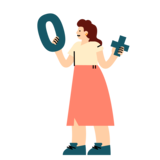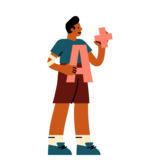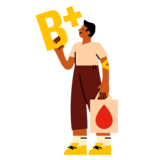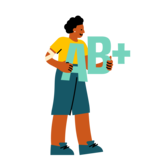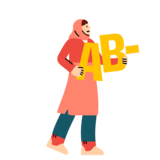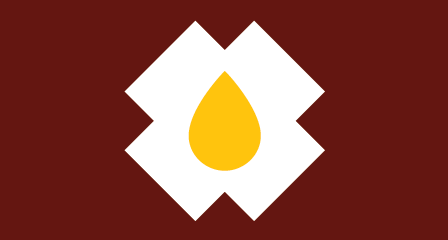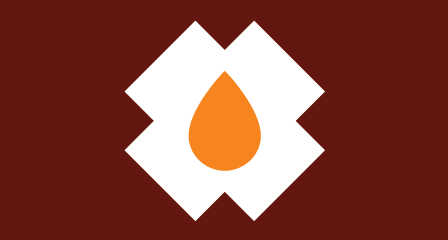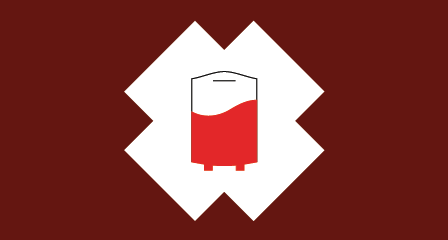Don’t have an account?
Select the donation type you’d like to make
Know your blood type essentials
How do blood types work?
Like your eye colour and the shape of your nose, your blood type is inherited from your parents.
There are two systems that make up your blood type:
- ABO (blood types A, B, AB or O) and
- Rh type or group (positive or negative).
Your blood is a combination of the two systems.
There are 8 main blood types
- O positive
- O negative
- A positive
- A negative
- B positive
- B negative
- AB positive
- AB negative.
Some are rarer than others, and some are more versatile — but we love them all equally.
Some blood types can be given to anyone
Some blood types are ‘universal’, which means they can be given to anyone:
- O negative red blood cells can be given to anyone, and are often used in emergencies.
- AB plasma, positive or negative, can be also given to anyone.
Which blood types are the most common?
Want to know which is the rarest or the most common blood type in Australia?
More than a third of people who donate blood for the first time have the most common type, while other types are far more rare. Where does yours fall?
Percentages do not equal 100% due to rounding.
*Percentages are based on patient pathology results provided across Australia in 2019. Data available at https://onlinelibrary.wiley.com/doi/10.5694/mja2.51429
Why are blood types important?
When someone is given a blood transfusion, it’s best to give them blood that’s the same type as their own. If that isn’t available, they can be given other compatible blood types depending on their own blood type.
| Blood type of a patient | Compatible blood types |
|---|---|
| O- | O- |
| O+ | O-, O+ |
| B- | B-, O- |
| B+ | B+, B-, O+, O- |
| A- | A-, O- |
| A+ | A+, A-, O+, O- |
| AB- | AB-, A-, B-, O- |
| AB+ | AB+, AB-, A+, A-, B+, B-, O+, O- |
For the fine detail on blood types, check out our research article 'Blood types and doughnuts: What are blood types and why do they matter?'
Know your blood type?
See whether to donate blood or plasma

